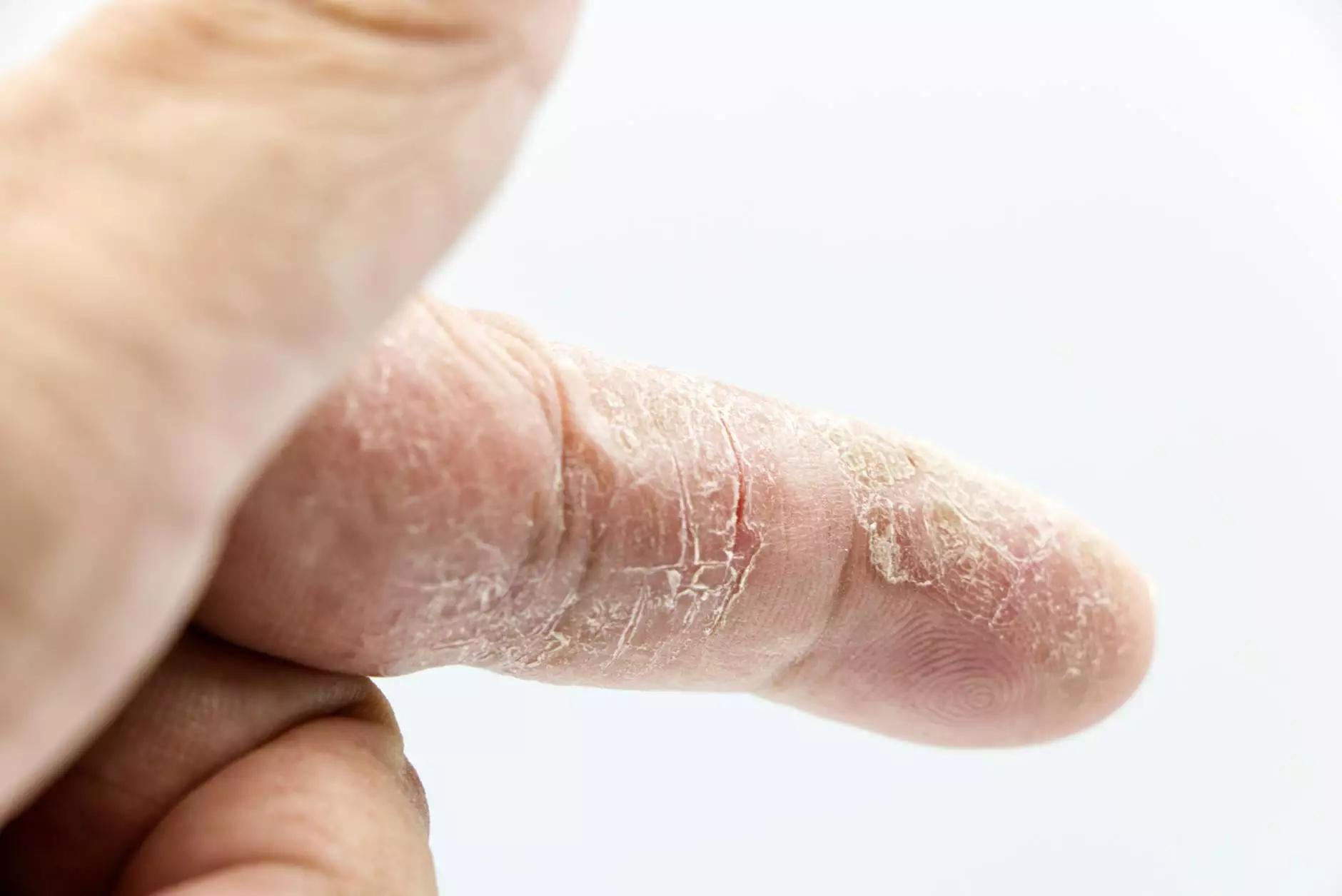What You Need to Know About Stress Fractures
Orthopedic Surgery
Welcome to Bowling Orthopaedics, your trusted source for expert advice and information on various orthopedic conditions. In this article, we will provide you with a comprehensive guide to stress fractures, including their causes, symptoms, diagnosis, treatment options, and prevention strategies.
Understanding Stress Fractures
Stress fractures are common injuries that occur when small cracks develop in bones due to repetitive stress or overuse. These injuries are particularly common in athletes and individuals who engage in high-impact activities. While stress fractures can affect any bone in the body, they most commonly occur in the weight-bearing bones of the lower extremities, such as the shins, feet, and hips.
Causes and Risk Factors
Stress fractures usually develop as a result of repetitive loading on the bones without sufficient time for proper recovery. Some common causes and risk factors associated with stress fractures include:
- Overtraining or sudden increase in activity level
- Poor conditioning or muscle imbalances
- Inadequate rest between workouts
- Inappropriate footwear or equipment
- Dietary deficiencies, such as low calcium or vitamin D levels
- Structural abnormalities or foot pronation
Symptoms and Diagnosis
Recognizing the early signs and symptoms of stress fractures is crucial for timely diagnosis and appropriate management. The most common symptoms include:
- Pain that worsens with activity and improves with rest
- Tenderness and swelling in the affected area
- Localized pain during physical examination
- Pain that persists even after rest
If you experience any of these symptoms, it is important to seek medical attention promptly. A thorough evaluation by an orthopedic specialist, such as those at Bowling Orthopaedics, may include physical examination, imaging tests like X-rays or MRI scans, and a detailed medical history review.
Treatment and Recovery
The primary goal of treating stress fractures is to promote proper bone healing and prevent further damage. The treatment plan may vary depending on the severity and location of the fracture. Here are some common treatment options:
- Rest and immobilization: Avoiding weight-bearing activities and using crutches or braces to relieve stress on the injured bone.
- Ice and compression: Applying ice packs and compression bandages to reduce pain and swelling.
- Medications: Your doctor may prescribe pain relievers or nonsteroidal anti-inflammatory drugs (NSAIDs) to manage the pain and inflammation associated with stress fractures.
- Physical therapy: Once the bone starts healing, a rehabilitation program may be recommended to restore strength, flexibility, and overall function.
It is important to note that the recovery time for stress fractures can vary depending on factors such as age, overall health, and the severity of the injury. Strict adherence to the prescribed treatment plan and guidance from medical professionals can help ensure a successful recovery.
Preventive Measures
Preventing stress fractures is crucial, especially for athletes and individuals engaged in repetitive high-impact activities. Here are some effective preventive measures you can take:
- Gradual increase in activity level: Avoid sudden spikes in training intensity or duration to allow your bones to adapt gradually.
- Proper footwear and equipment: Ensure that you have appropriate footwear for your activity and that it provides adequate support and cushioning.
- Regular strength and conditioning exercises: Strengthening the surrounding muscles and improving bone density through targeted exercises can help prevent stress fractures.
- Healthy diet: Ensure you consume a balanced diet rich in calcium, vitamin D, and other essential nutrients for optimal bone health.
- Listen to your body: Pay attention to any warning signs or pain during physical activity and take appropriate rest breaks when needed.
By following these preventive measures, you can significantly reduce the risk of developing stress fractures and other related injuries.
Conclusion
In conclusion, stress fractures are common injuries that can significantly impact an individual's physical activity and overall well-being. Understanding the causes, symptoms, diagnosis, treatment options, and preventive measures associated with stress fractures is essential for effective management and successful recovery.
At Bowling Orthopaedics, we specialize in providing expert care and guidance for various orthopedic conditions, including stress fractures. Our team of experienced orthopedic specialists is dedicated to helping patients achieve optimal health and performance. If you suspect a stress fracture or have any concerns related to orthopedic health, contact our clinic today to schedule a consultation.




